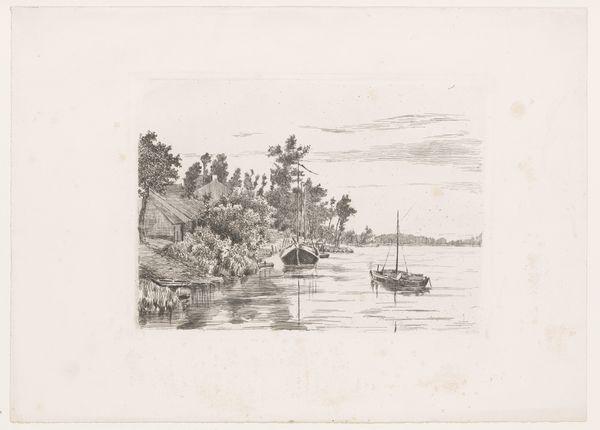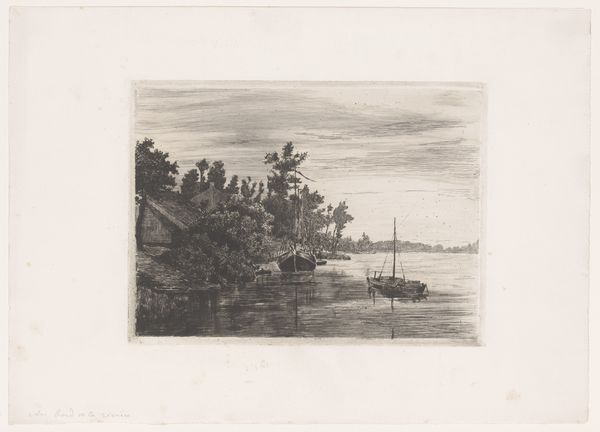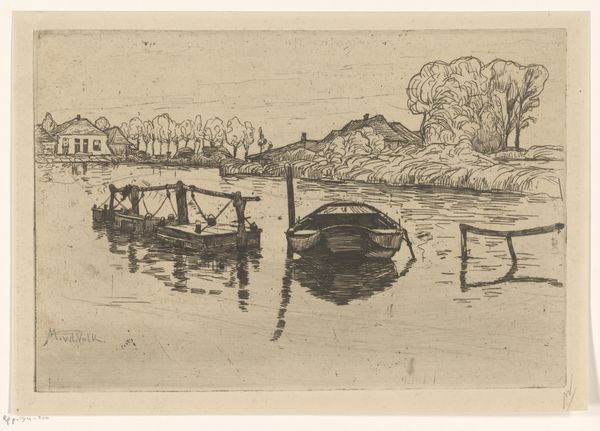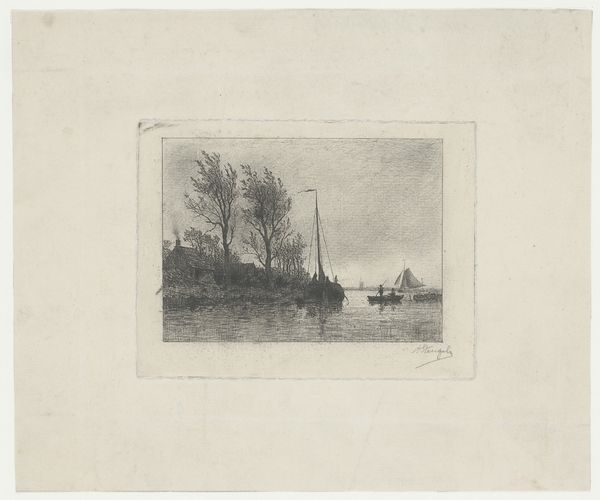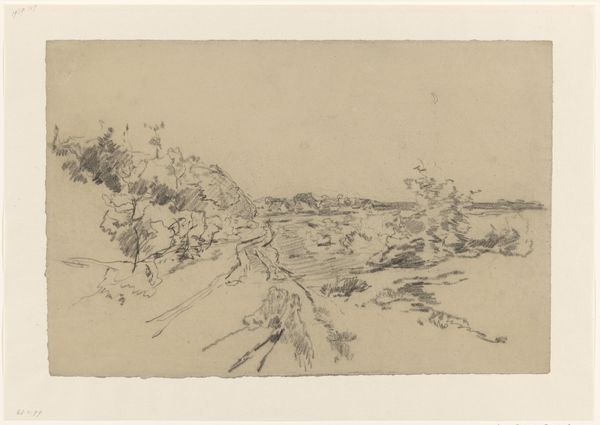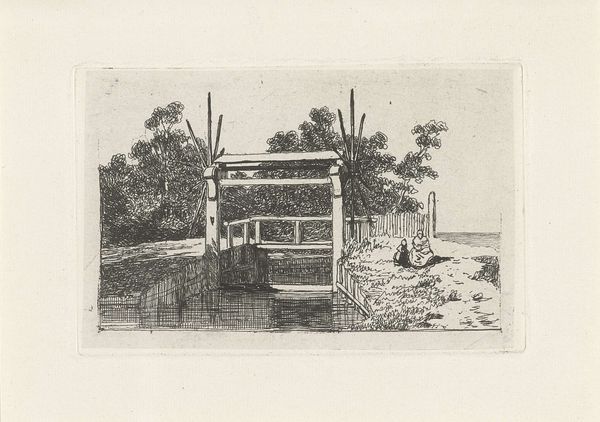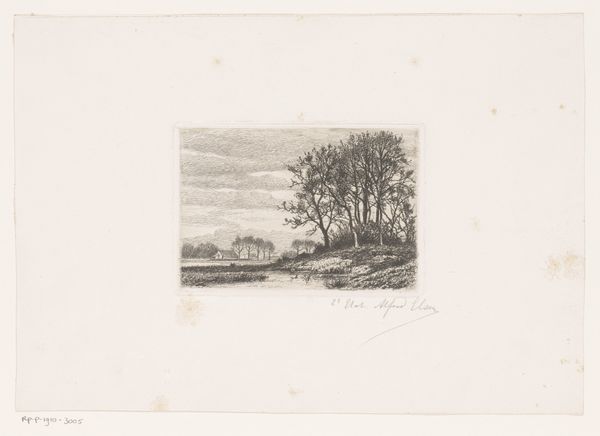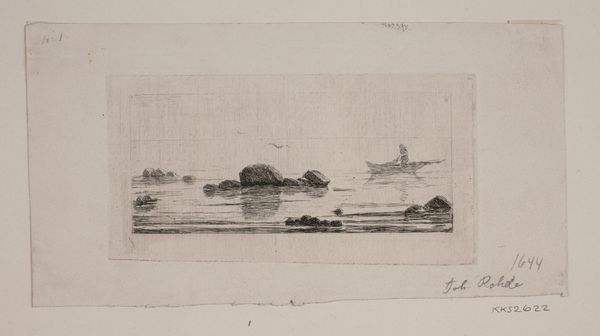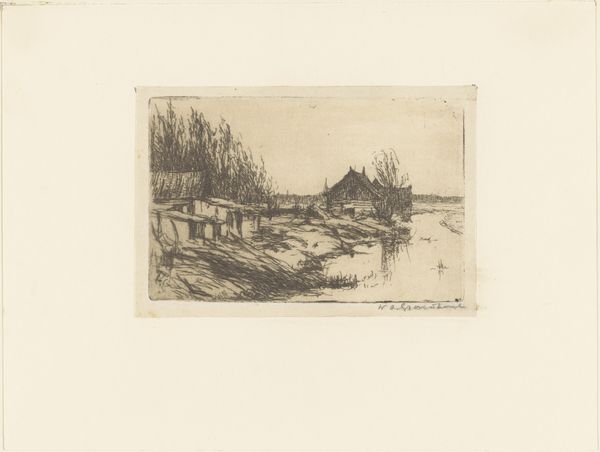
Gezicht op een deel van het keizerlijk zomerpaleis in Chengde (Jehol) te China 1712 - 1714
0:00
0:00
matteoripa
Rijksmuseum
drawing, ink, engraving
#
drawing
#
asian-art
#
landscape
#
ink
#
cityscape
#
engraving
Dimensions: height 324 mm, width 356 mm
Copyright: Rijks Museum: Open Domain
Editor: Here we have Matteo Ripa's "View of Part of the Imperial Summer Palace in Chengde (Jehol), China," created between 1712 and 1714 using ink drawing and engraving. The calm, muted tones give it such a serene quality, almost like a peaceful dreamscape. How do you interpret this work in terms of its historical context? Curator: This drawing offers us a window into a complex historical moment. Ripa, an Italian missionary, served in the Qing court. This puts him in a unique position – an outsider looking in, whose gaze, and artistic rendering, reflects intercultural exchange and its inherent power dynamics. Editor: Power dynamics? Curator: Absolutely. Think about the context. Ripa was creating this image for a European audience hungry for knowledge about China. How might this influence what he chose to depict, and how he depicted it? What narratives about China might he have been reinforcing or challenging? The detail of the imperial palace, contrasted with the seeming simplicity of the landscape, tells a specific story, doesn’t it? One where imperial power sits harmoniously within nature. Editor: That's a really interesting way to look at it! I hadn't considered the power dynamic embedded in the image itself. Curator: And think about the absence of people. What does it mean to present the Imperial Summer Palace as an almost empty stage? Does that reflect the isolation and exclusivity of the Imperial court? Editor: It shifts my understanding completely. I came in thinking only about a peaceful landscape. Curator: Precisely! By questioning the motives and positionality of the artist, we can unpack layers of meaning relating to cultural exchange, imperial representation, and even the construction of the "Orient" in the European imagination.
Comments
No comments
Be the first to comment and join the conversation on the ultimate creative platform.
